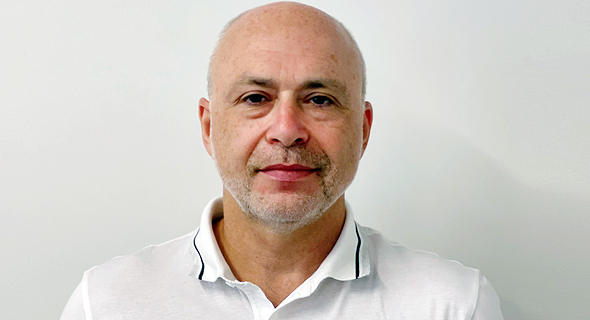Opinion
AI and ML play crucial role in 5G adoption
With 5G, topologies will grow more complex, meaning machine intelligence will play a key role in assisting operators in laying out and operating networks
10:5625.05.21
Traditionally, a mobile network is designed and managed by telecom experts who rely heavily on their extensive knowledge of the network topology, the subscribers' mobility and usage patterns and the radio propagation models to design and configure the policies that continuously orchestrate the network.
 Ericsson Israel CTO Dmitry Filkovscky. Photo: Courtesy
Ericsson Israel CTO Dmitry Filkovscky. Photo: Courtesy
With 5G, these topologies will grow more complex with small cells and new antennas, usage patterns will become less predictable for humans alone, the radio propagation models will become harder to compute with new radio spectrum bands and denser topologies. As a result, machine intelligence will play a key role in assisting operators in laying out and operating 5G networks. More and more policies will be machine-learned, leveraging on constant radio measurements from the field and best-in-class simulators.
 Ericsson Israel CTO Dmitry Filkovscky. Photo: Courtesy
Ericsson Israel CTO Dmitry Filkovscky. Photo: Courtesy The basic difference between “legacy” SW development and AI/ML based one is that instead of code writing, the developer will choose the Neural Network which is best suiting the functionality and perform basic training of it.
What is the status of ML/AI usage today
ML/AI is already being used in mobile networks. Ericsson LTE and 5G SW in 2020-2021 includes modules that can optimize radio performance based on traffic prediction, specific mobility patterns of mobiles, interference between neighboring cells, etc.
By using these techniques 15-20% average performance increase can be achieved. Performance can be boosted for edge of cell and overall cell capacity can be better utilized.
In today's architecture ML/AI neural networks are implemented on the Digital Baseband part of the radio site. In the future, these functions can be partially moved to the virtual RAN architecture part (Central Unit) and DU (Distributed Unit) according to the 3GPP architecture.
ML/AI in the future Radio Access Networks
In future RAN networks we can envisage that ML/AI will bring multiple benefits to operators by simplifying tedious work of identifying the problem, suggesting radio parameters set for optimal performance and monitoring such a performance with automated tools.
In Israel, mobile operators are constantly looking to improve network performance. SON (Self Organized Networks) systems have been deployed in some of the operators to enable a certain level of automation. These SON systems are basically looking at a network load as a whole and try optimizing it between different sites and frequencies.
But with increasing spectrum (adding 700, 2600 MHz) in LTE together with 5G deployment, radio optimization becomes a very complex and time consuming task.
Network powered by ML, can identify different types of traffic and suggest the optimization accordingly. For example, different radio optimization can be applied to a smartphone watching YouTube versus IoT traffic generated by smart electricity meters. Operators will benefit quicker from more adopted optimization of the radio based on the use case.
Dmitry Filkovscky is the CTO of Ericsson Israel



